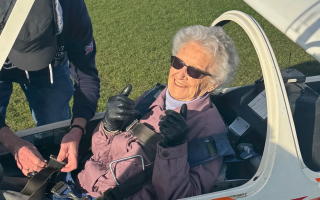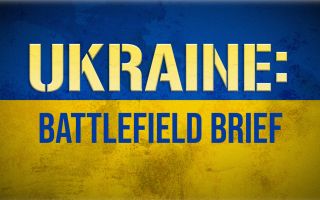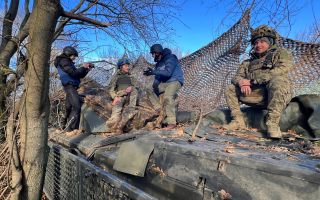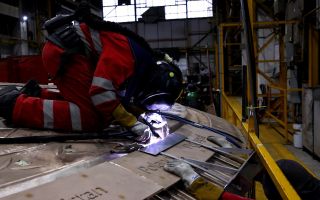Quick Reaction Alert: How the RAF protects our skies 24 hours a day, 365 days a year
Quick Reaction Alert, known as QRA, is a state of readiness and modus operandi of air defence maintained at all times by Nato allies.
This means Royal Air Force crews are on standby 24 hours a day, 365 days a year, and ready to react at a moment's notice to reach a threat within minutes, no matter the location within or just outside the UK's airspace, defending our skies seamlessly, day and night.
A QRA response involves a fighter aircraft being scrambled to investigate an infringement of a Nato country's airspace or area of interest and involves a coordinated response between the RAF's reporting and operations centres and the pilots.
In the UK, the RAF maintains a pool of QRA Typhoons at RAF Coningsby, in Lincolnshire, and RAF Lossiemouth in North Scotland, held at readiness to respond to any potential threats.
As well as defending British airspace, the UK is committed to Nato Air Policing in Eastern Europe.
RAF Typhoons are based in Estonia patrolling the eastern border of Nato and responding to potential threats in the same way they do when conducting QRA over the UK.
The RAF also regularly deploys to Romania as part of Nato's enhanced Air Policing commitment in the Black Sea region.
This is a significant part of the RAF's primary role to defend the UK and UK interests overseas.
Other RAF stations have also stationed Typhoon jets on QRA standby such as RAF Leuchars in Fife, in east-central Scotland, which passed from the RAF to the British Army in 2015 but where the RAF has maintained an operational airfield, and, at times, RAF Northolt.
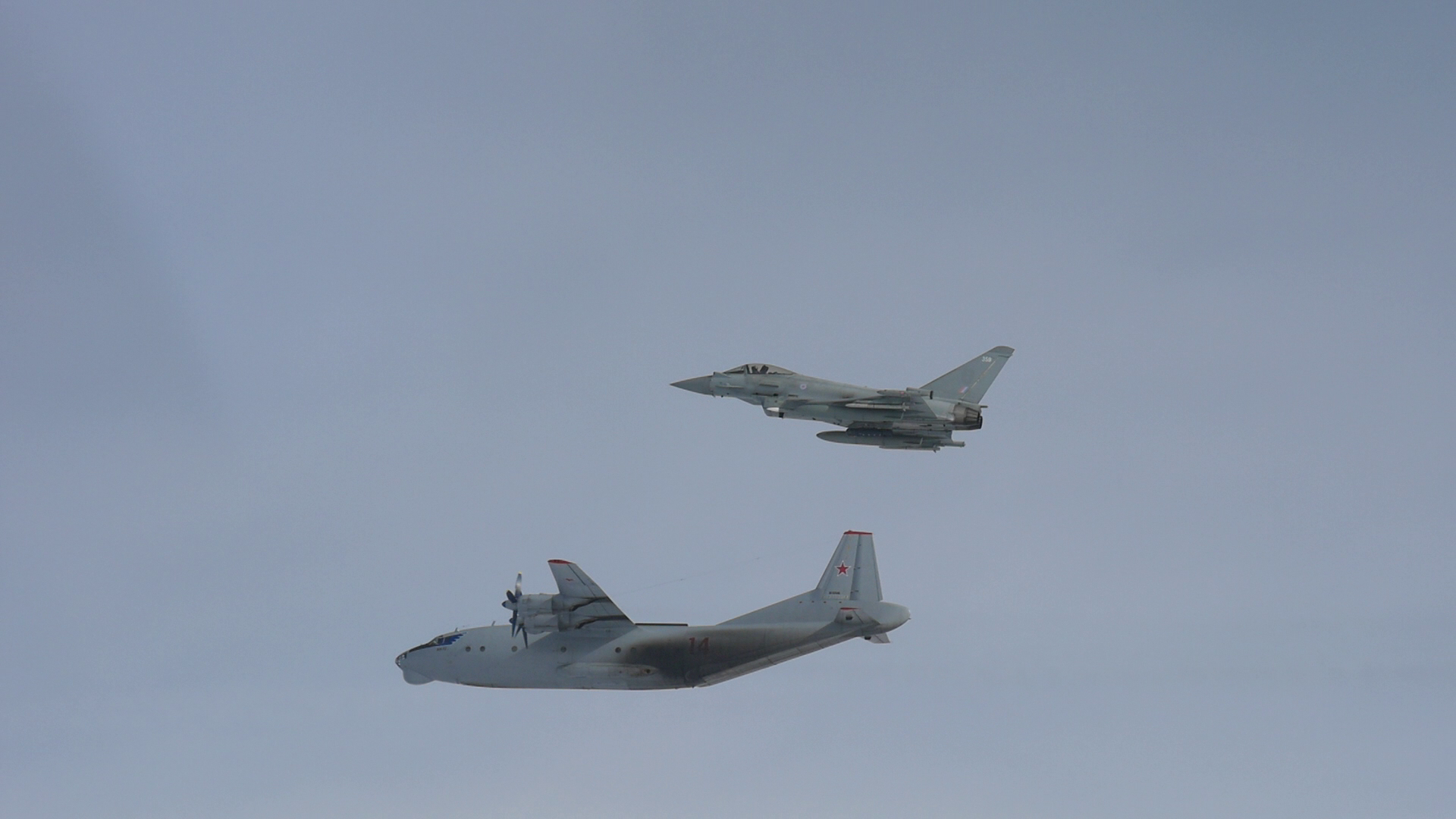
What happens when there is a QRA in the UK?
Fighter jets would scramble within minutes to meet or intercept aircraft which give cause for concern, and where they take off from would depend on a variety of factors in the report on the potential threat, such as location and type of threat.
For instance, RAF stations in Scotland might generally cover the northern sector, while stations further south in England might cover the southern sector.
An example QRA scenario, however, might unfold as follows:
Identification: RAF personnel, stations and aircraft are all involved when a rogue aircraft, which could be a potential threat, approaches UK airspace.
It may be an aircraft that cannot be identified or is not communicating with either civilian or military air traffic control.
This aircraft would be detected by a team of Air Operations (Systems) Officers at the Control and Reporting Centre (CRC) at RAF Boulmer.
The surveillance team in the CRC uses information from radar sites across the UK and from civilian air traffic and intelligence agency.
The team shares the Recognised Air Picture (RAP) with the National Air and Space Operations Centre (NASOC) at RAF Air Command in High Wycombe.
Authorisation: The NASOC then decides if the threat is sufficient to scramble Typhoon jets and, if so, passes the order to the CRC at RAF Boulmer.
The CRC has direct contact with the pilots at, for example, RAF Lossiemouth and passes on the scramble message, while pilots at the other RAF QRA station are ordered to stand by in the cockpits of their Typhoons.
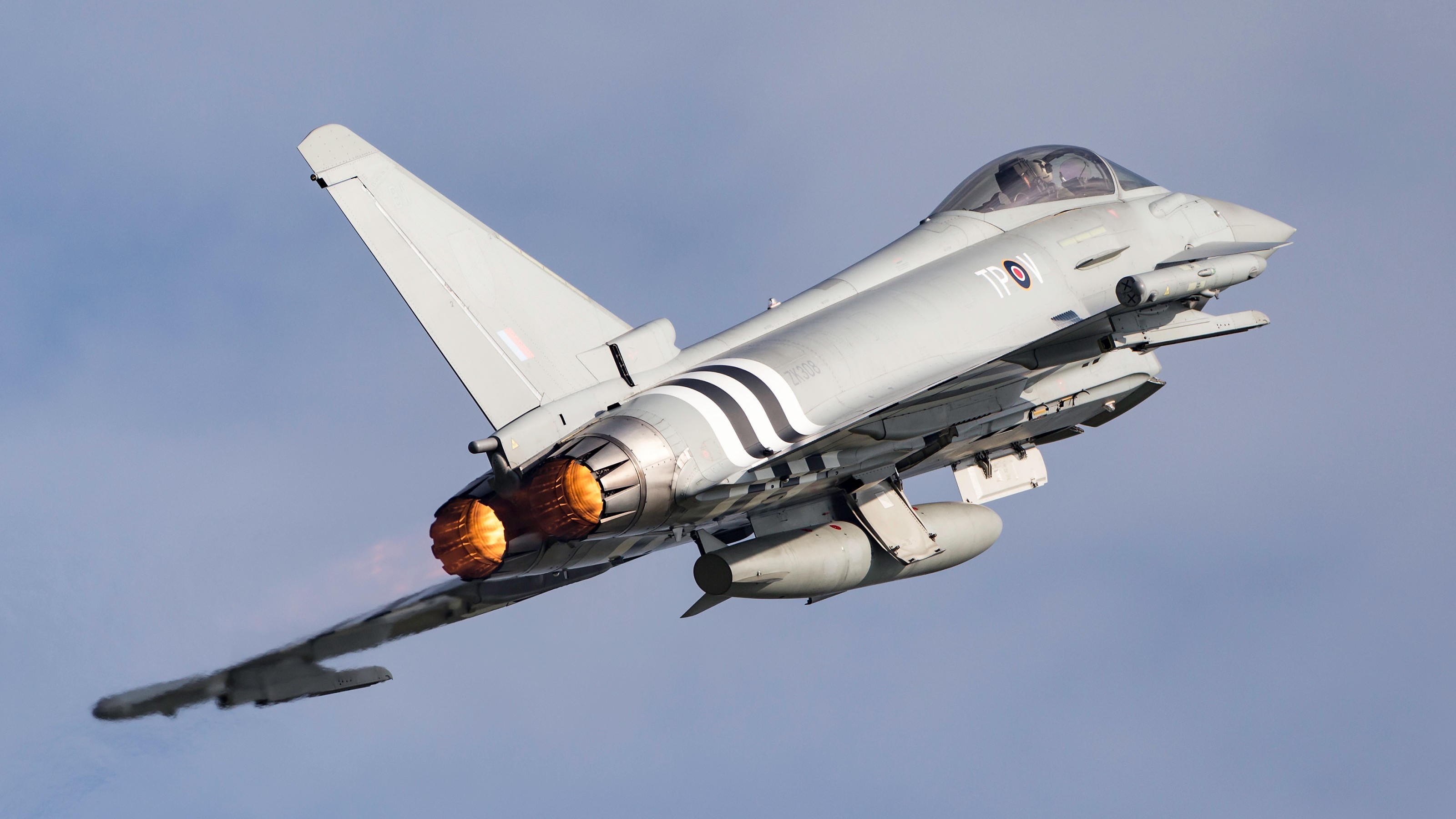
Typhoons scramble: Typhoons from RAF Lossiemouth take off to intercept the rogue aircraft flying on the edge of UK airspace.
RAF air traffic controllers at Swanwick (78 Squadron) work with their civilian counterparts to ensure the Typhoons can follow the most direct route to their target.
They are embedded within the Swanwick Centre run by NATS, the UK's main civil air services provider.
RAF Aerospace Systems Operators at RAF High Wycombe and Air Traffic Controllers at Swanwick (78 Squadron) continuously coordinate the response with the scrambled Typhoon pilots.
Flying at subsonic speed: If required, NATREP can authorise the Typhoons to fly at subsonic speed, which causes a sonic boom, although, if a high-threat situation, this order can also be given by the Master Controller at CRC.
This authorisation is then passed by whoever the fighters are talking to at the time, which could be CRC or NATREP, or any other air traffic control (ATC) agency.
Extending capability: An RAF Voyager with air-to-air refuelling capability is put on standby at RAF Brize Norton.
Typhoons can be refuelled in mid-air to extend their range and endurance.
Threat resolved: The RAF Typhoons either escort the rogue aircraft out of UK airspace or they can escort it to land at Stansted Airport, which has been specially designated by British authorities to deal with a threat aircraft.
The airport has been chosen because of its special layout, which is designed to keep an unauthorised aircraft well away from terminal buildings and other aircraft while it is being dealt with.
The Typhoons are then ordered to return to their station.




